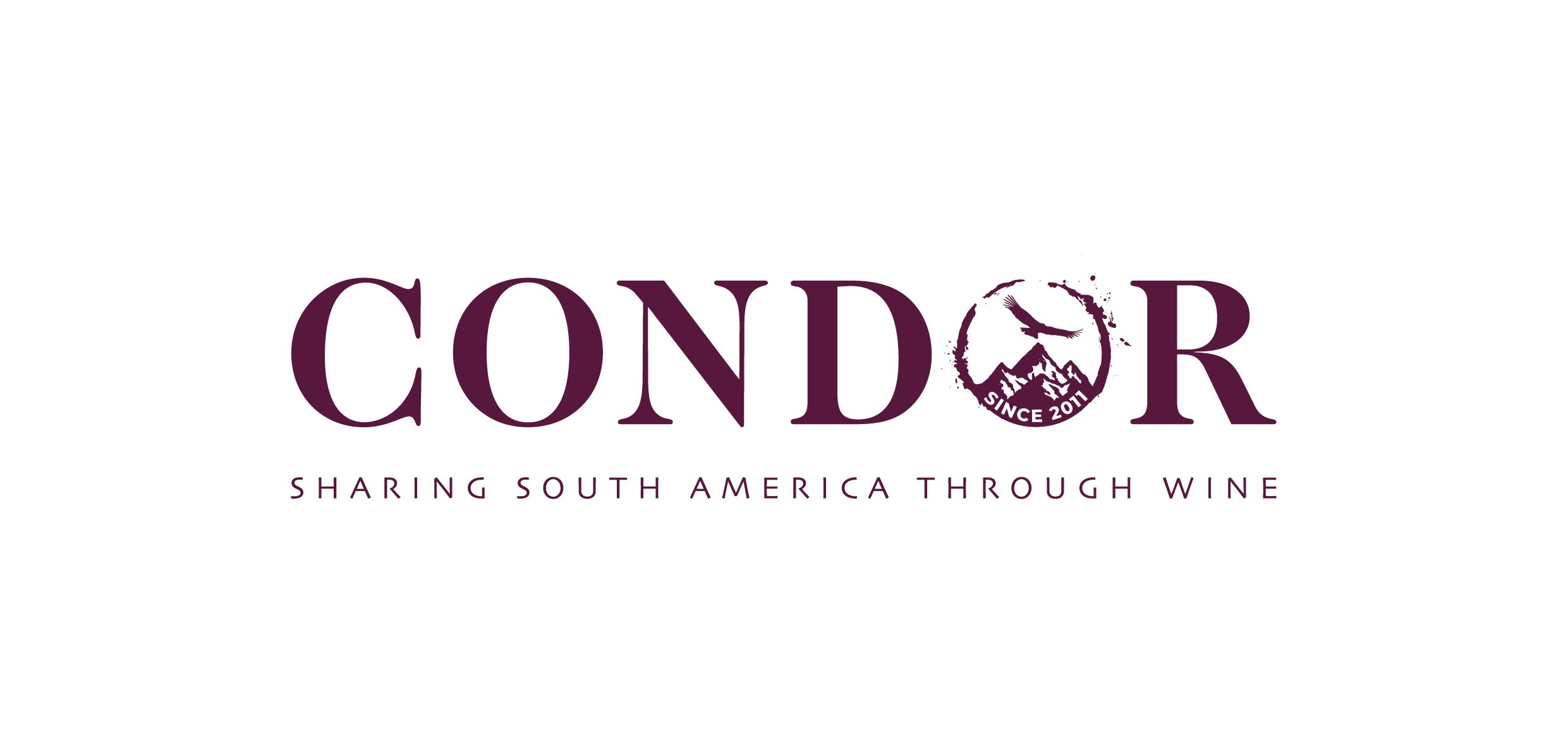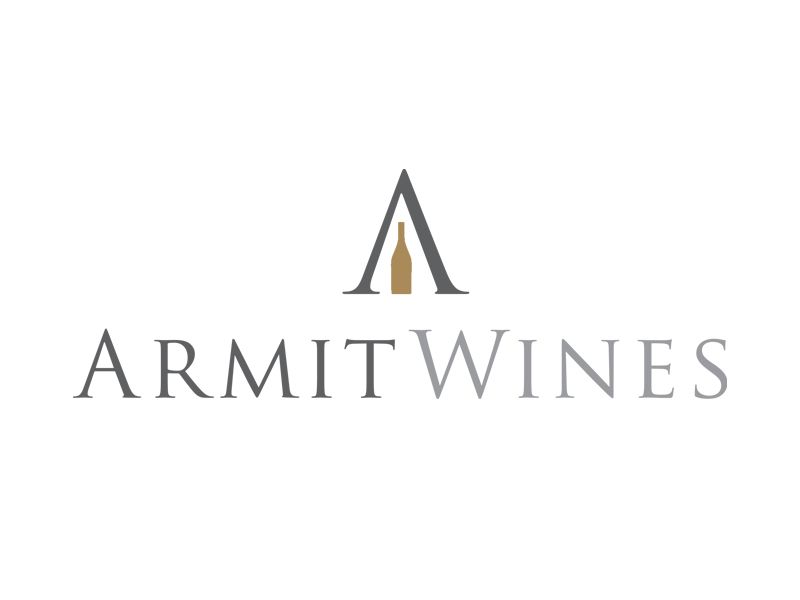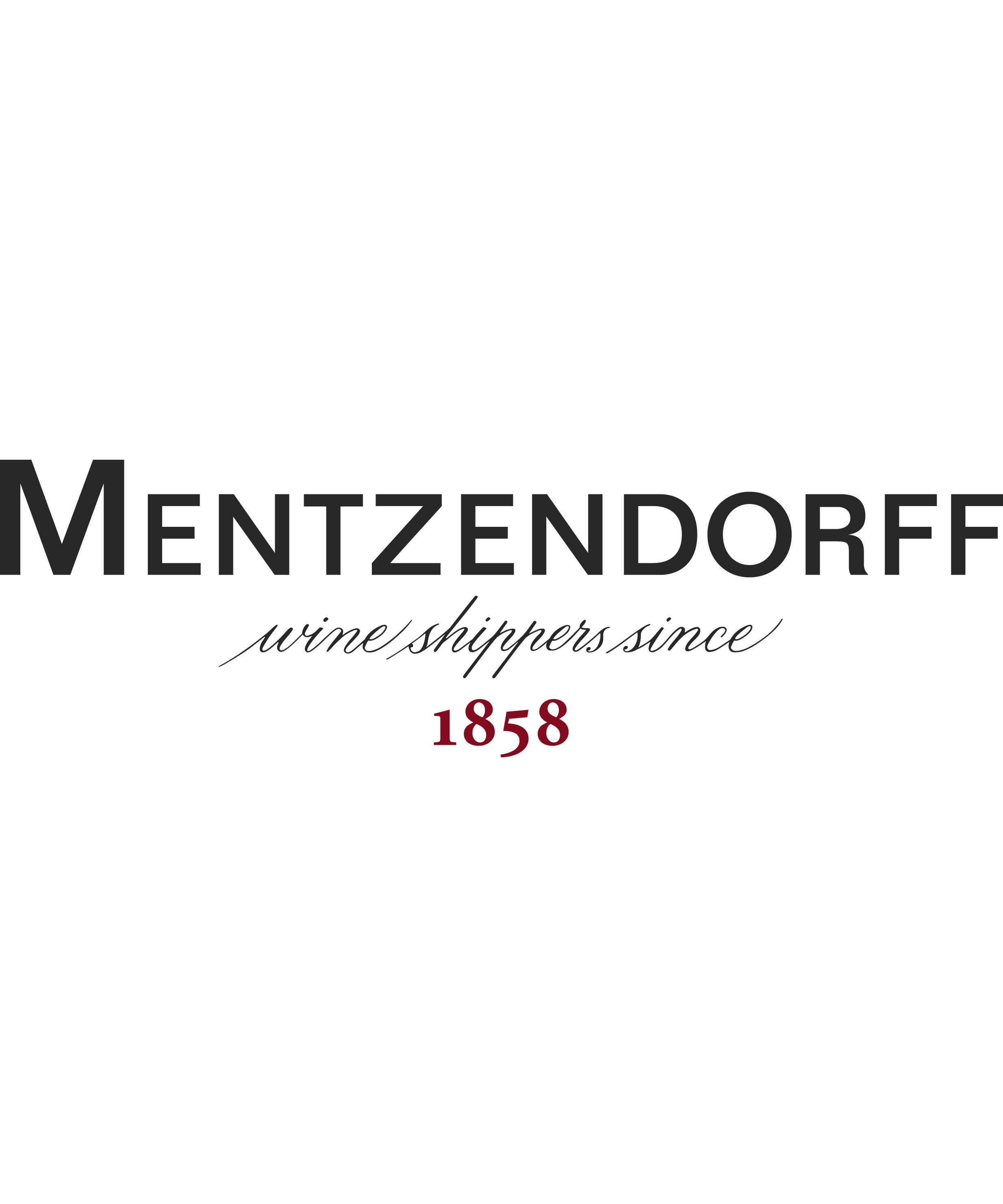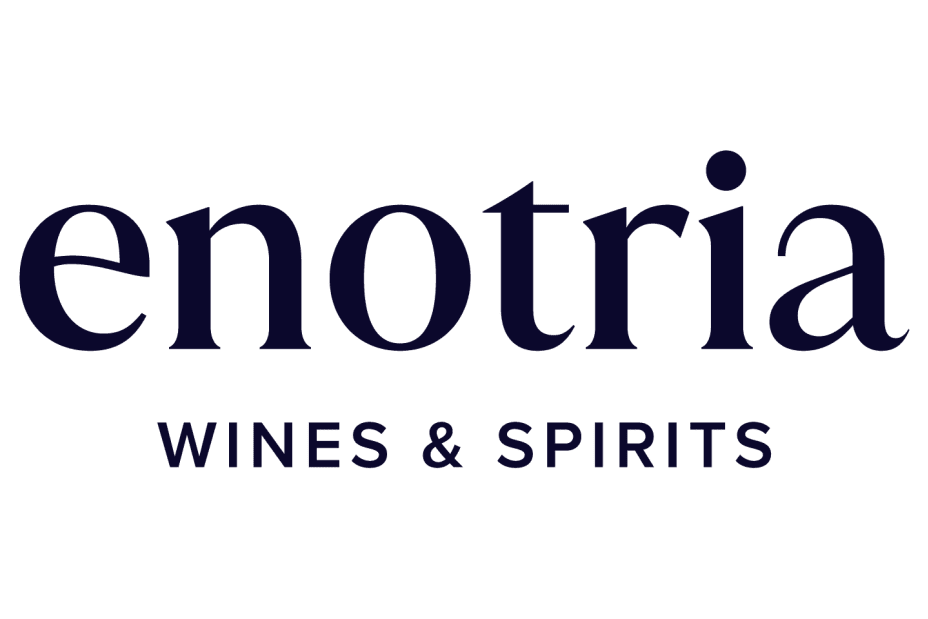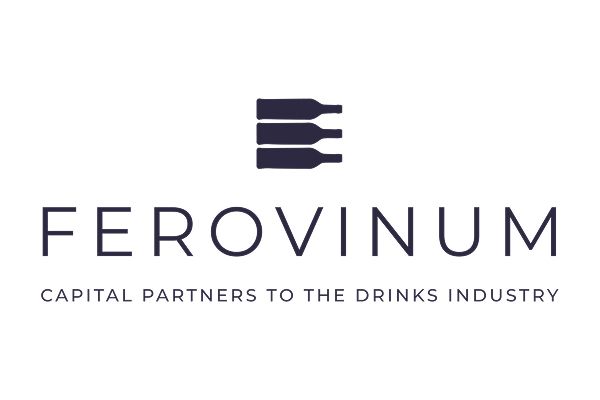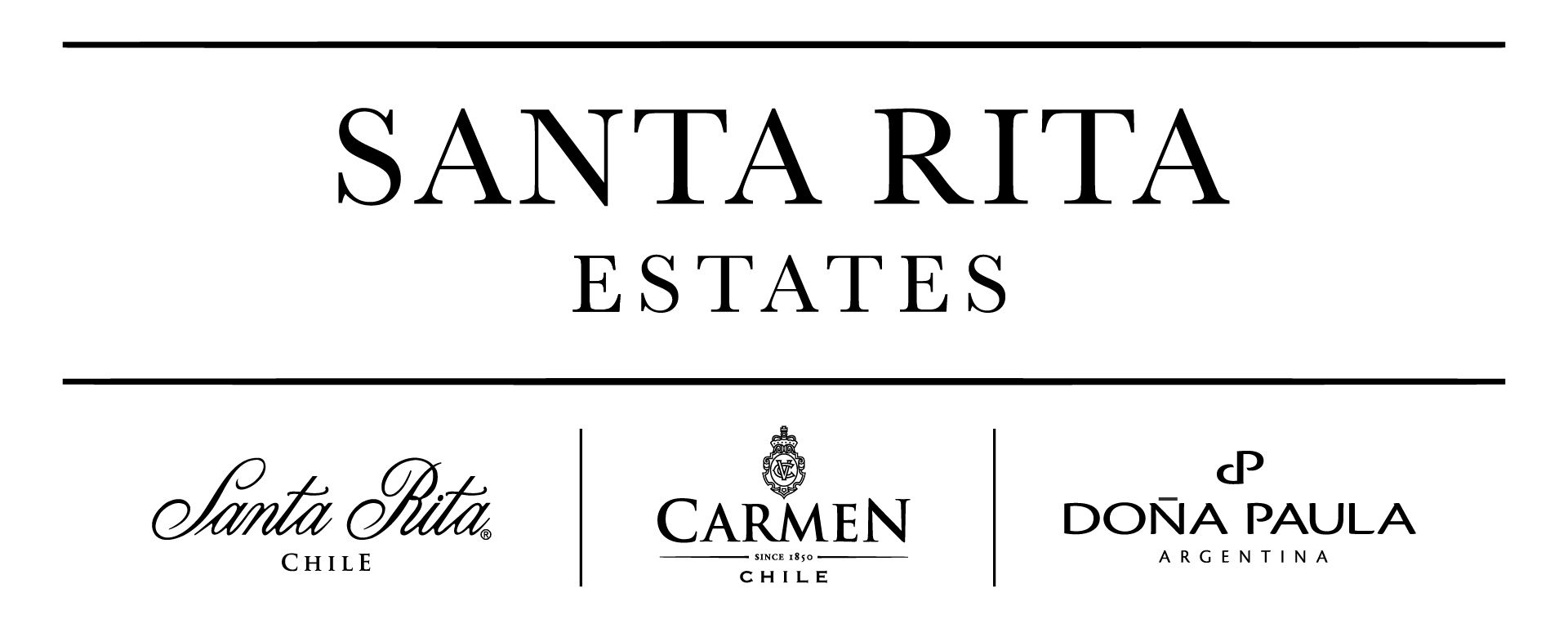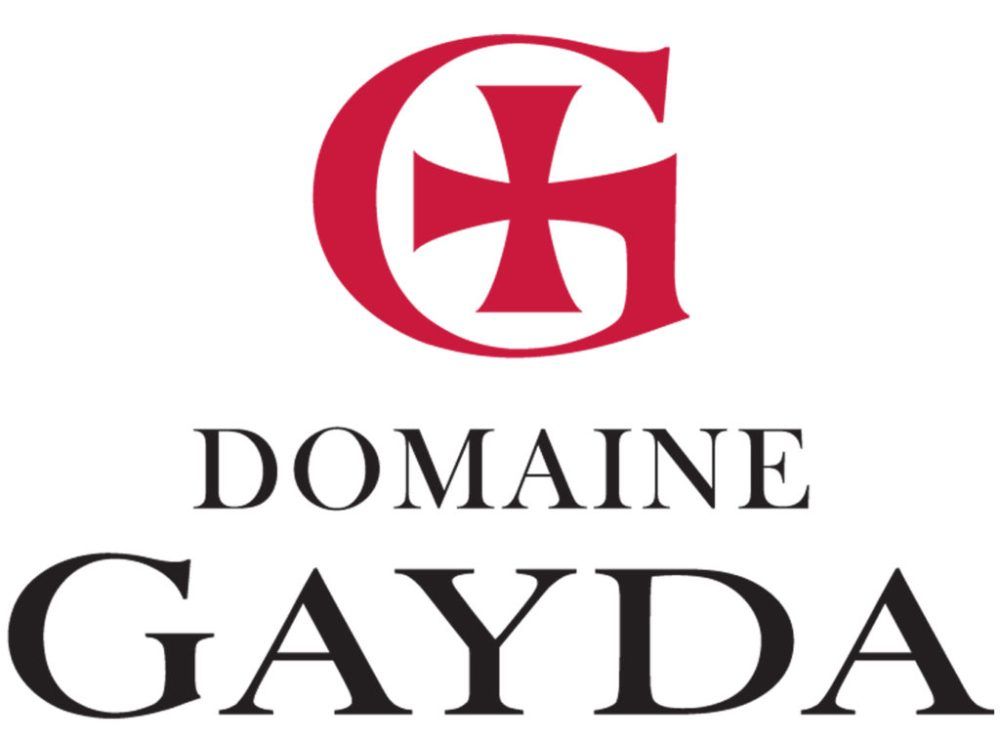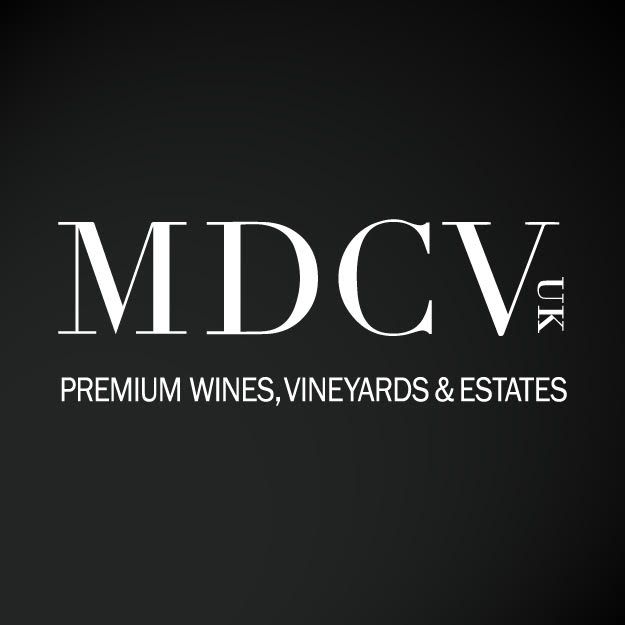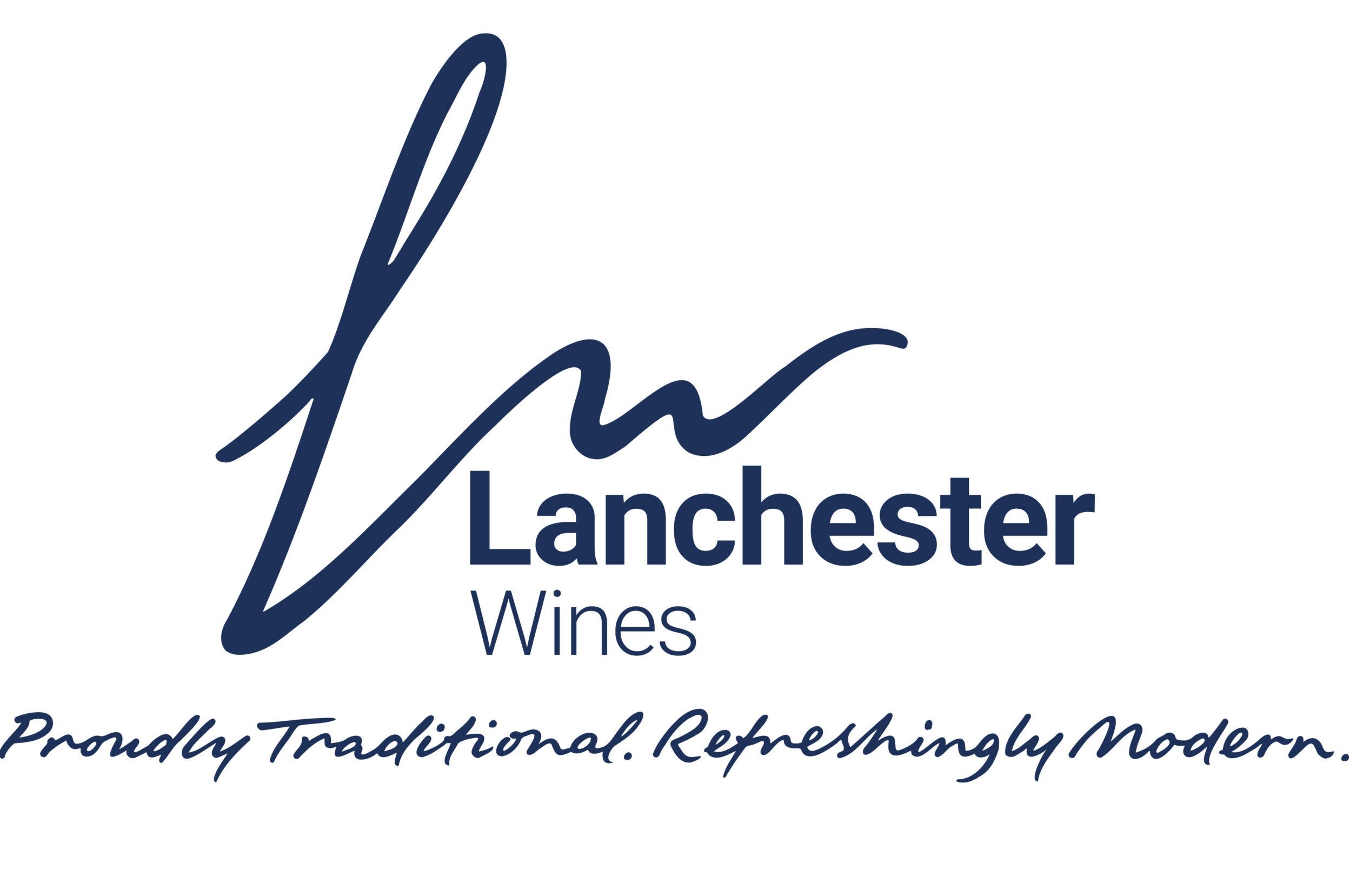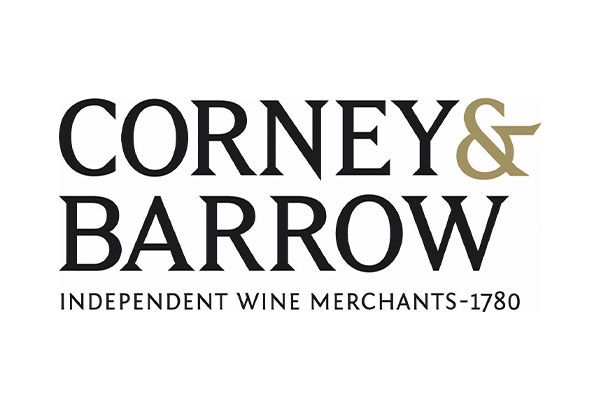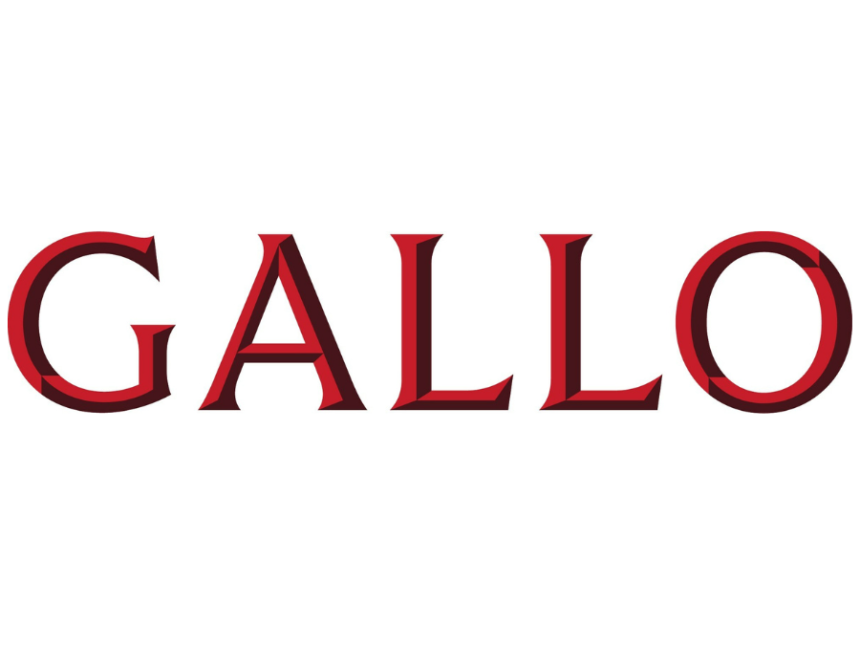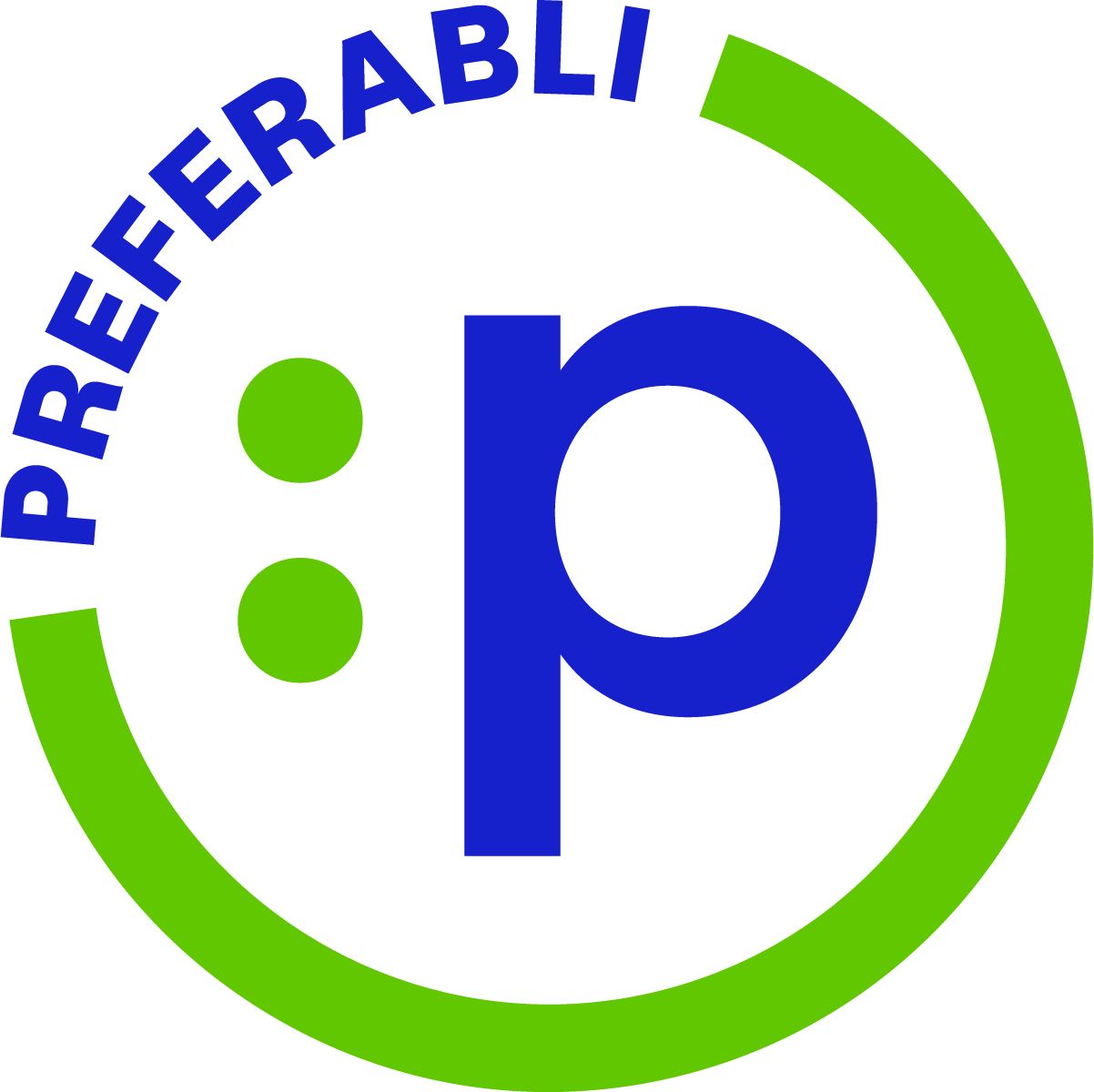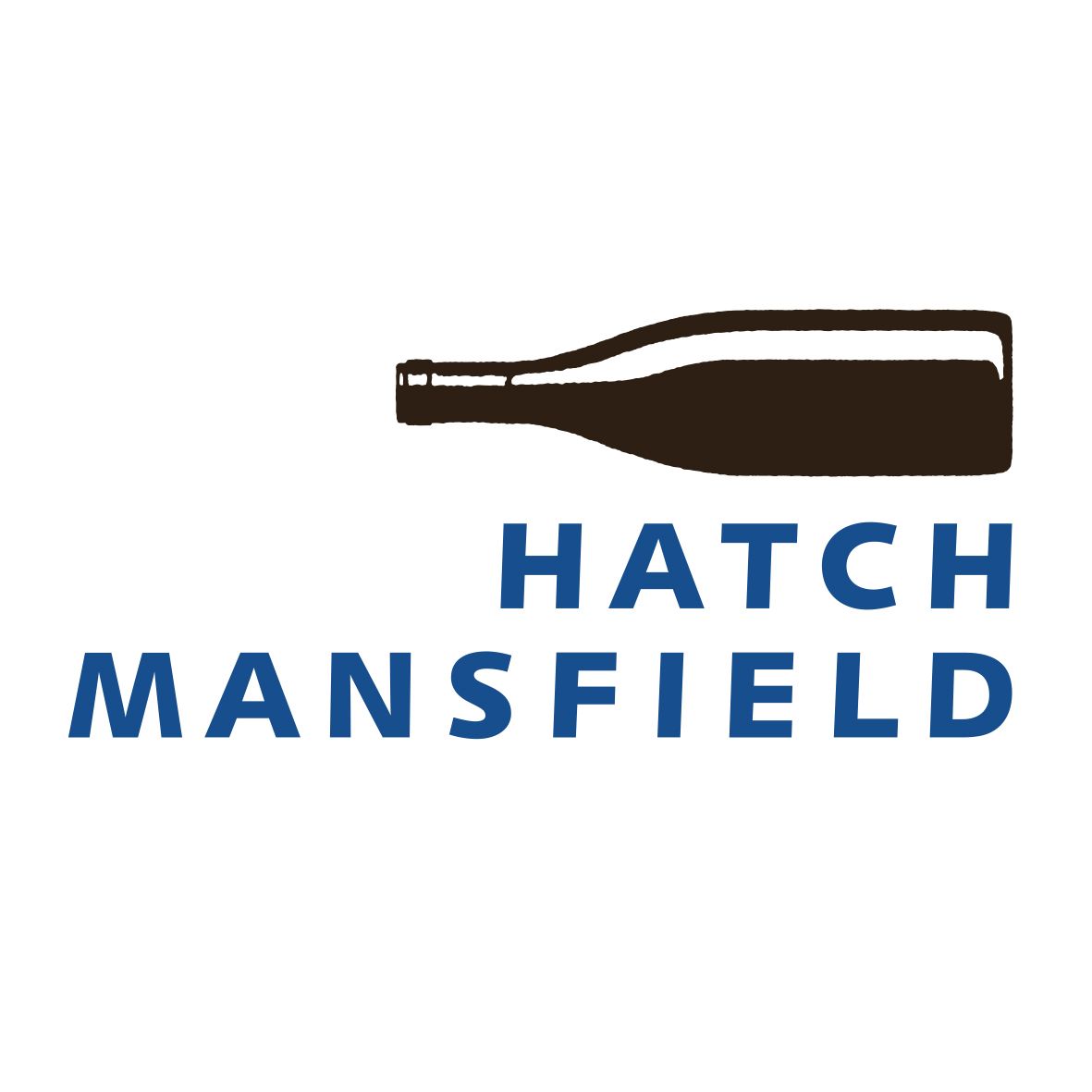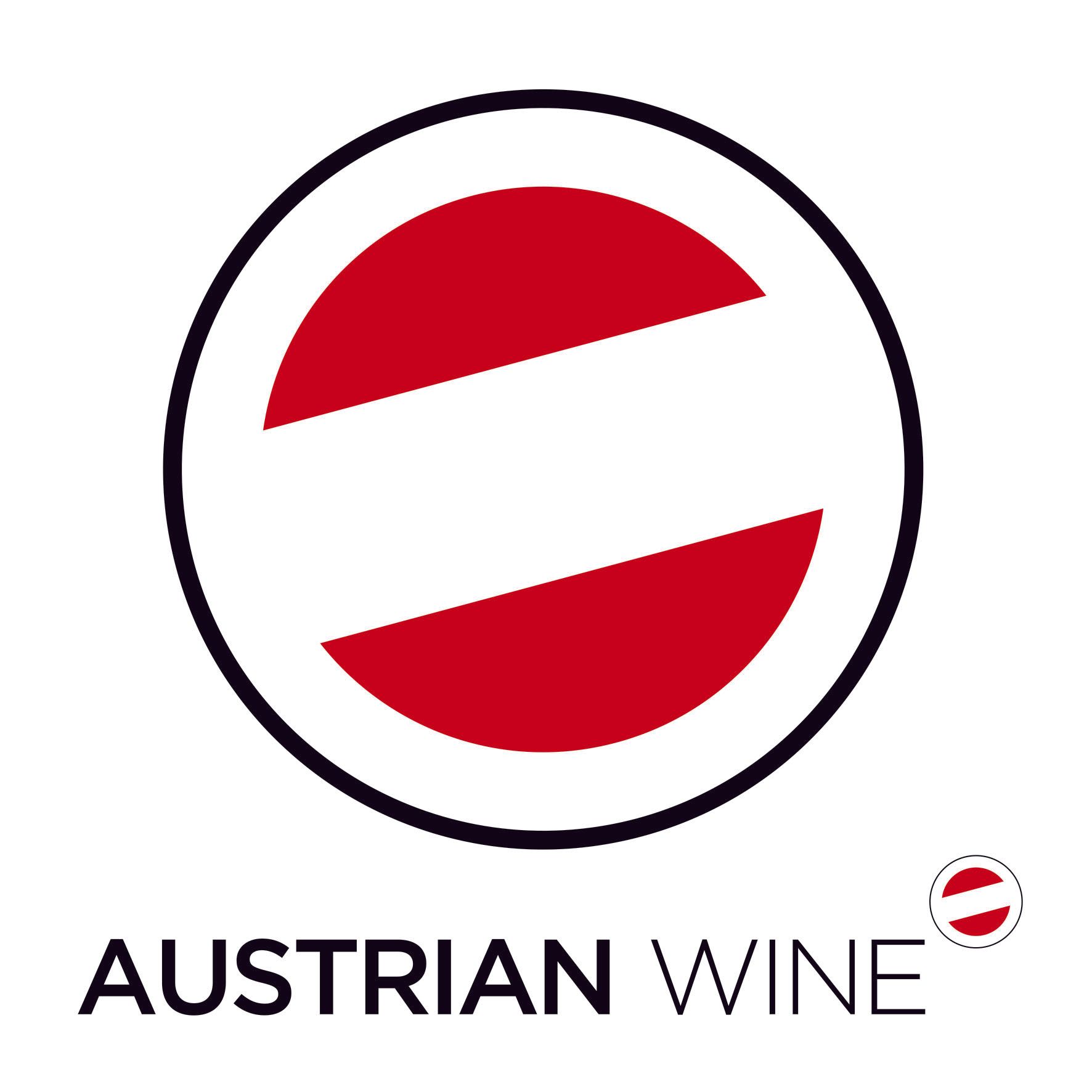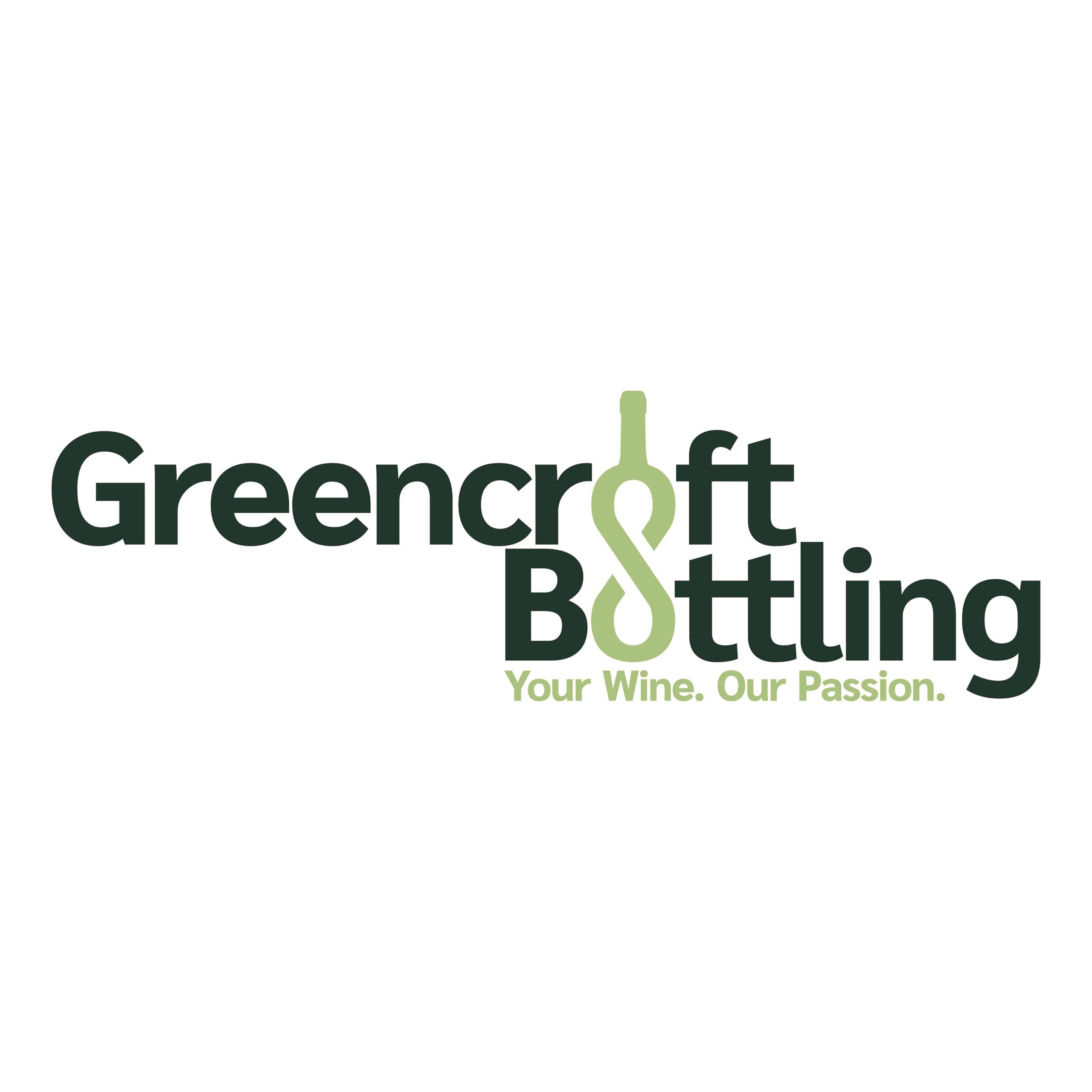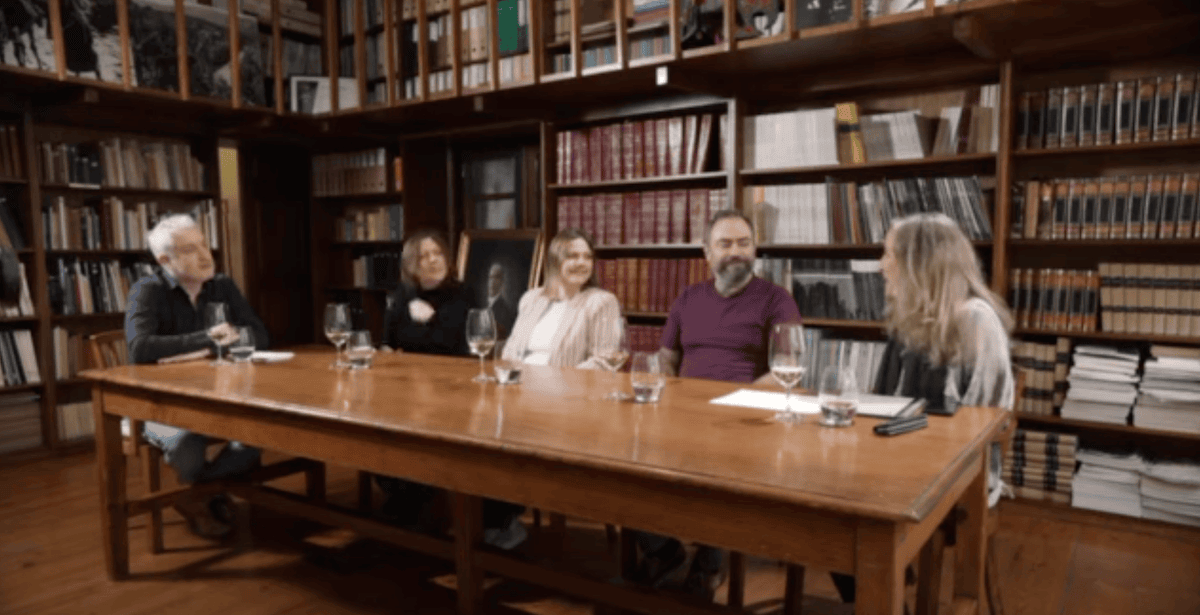Provence has established a reputation for crafting the finest rosé wines in the world, courtesy of its unique terroir and rich winemaking history dating back to the Romans. Yet despite its illustrious history, the signature dry, pale, elegant style of a typical Provence rosé still offers the lustre of something new to most of us, because it is only in the past decade or so that the wines have become a global phenomenon.
The region’s success has inevitably resulted in cheaper ‘dupes’ from elsewhere, with pale rosé now ubiquitous on the shelves, however many of these will sadly disappoint, because colour is easy to copy, while terroir is something unique.
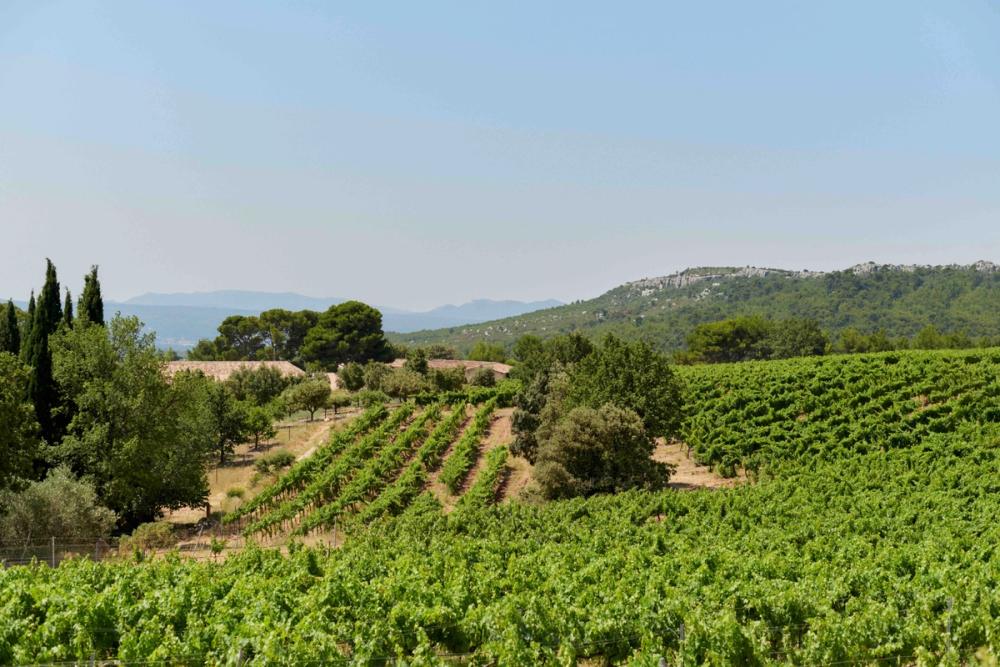
The lifestyle of Provence has helped inspire the huge demand in Provence rosé over the last 10 to 15 years. Photograph Pauline Chardin
With its fusion of soils, climate conditions and heritage, Provence has become a byword for rosé, delivering a distinctive flavour of southern Francecapable of transporting you there, yet its wines are all too often bracketed as a single style, seemingly all the same, rather than as a diverse range of terroir-driven wines from three appellations and five further sub-zones. It is a source of frustration to me, because Provence offers a truly rewarding journey for wine lovers willing to explore: the quality of these often gastronomic wines is incredibly consistent, while the differences - nuanced rather than dramatic - are there to be savoured.
“Thanks to an exceptional terroir, an ideal climate, precise viticultural practices and deeply rooted tradition, Provence rosé is much more than just a wine for pleasure, it reflects a unique place and world-renowned expertise, making it the absolute benchmark for rosé,” says Aurélie Bertin, of Château Sainte Roseline.
Provence by terroir

For centuries, rosé has ruled Provence, accounting for nine in every 10 bottles produced in the region, totalling 133 million bottles last year. Stretching 200km from east to west, and 100km north to south, from the foothills of the Alps along the Mediterranean coast, its vineyards boast a mosaic of terroir perfectly suited to its authorised grapes, chiefly Grenache, Cinsault, Syrah and Rolle (aka Vermentino).
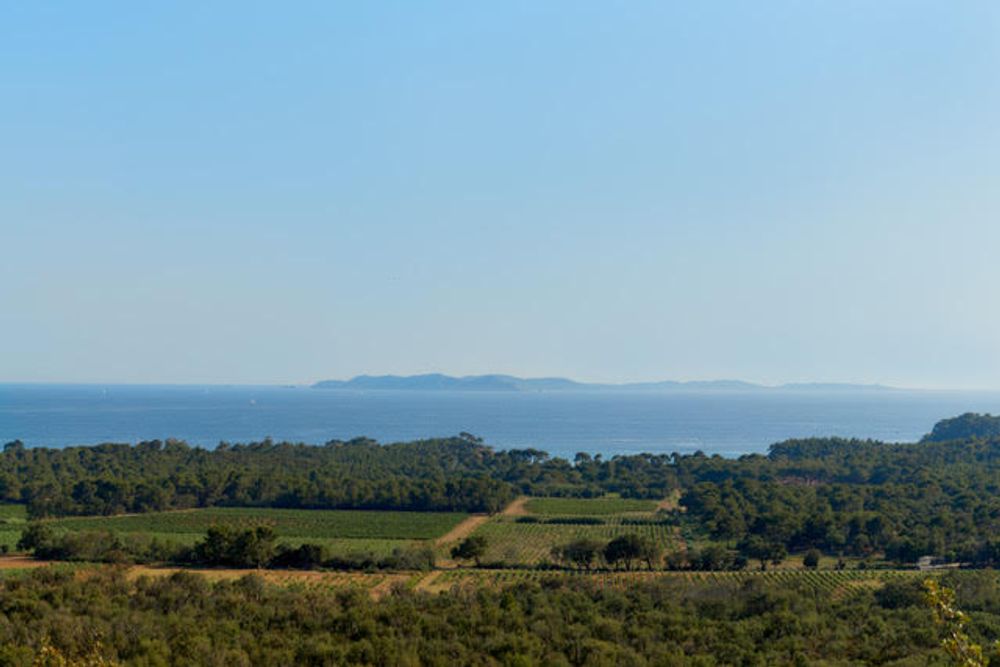
The proximity to the sea has a strong emphasis on what wines are made in Provence
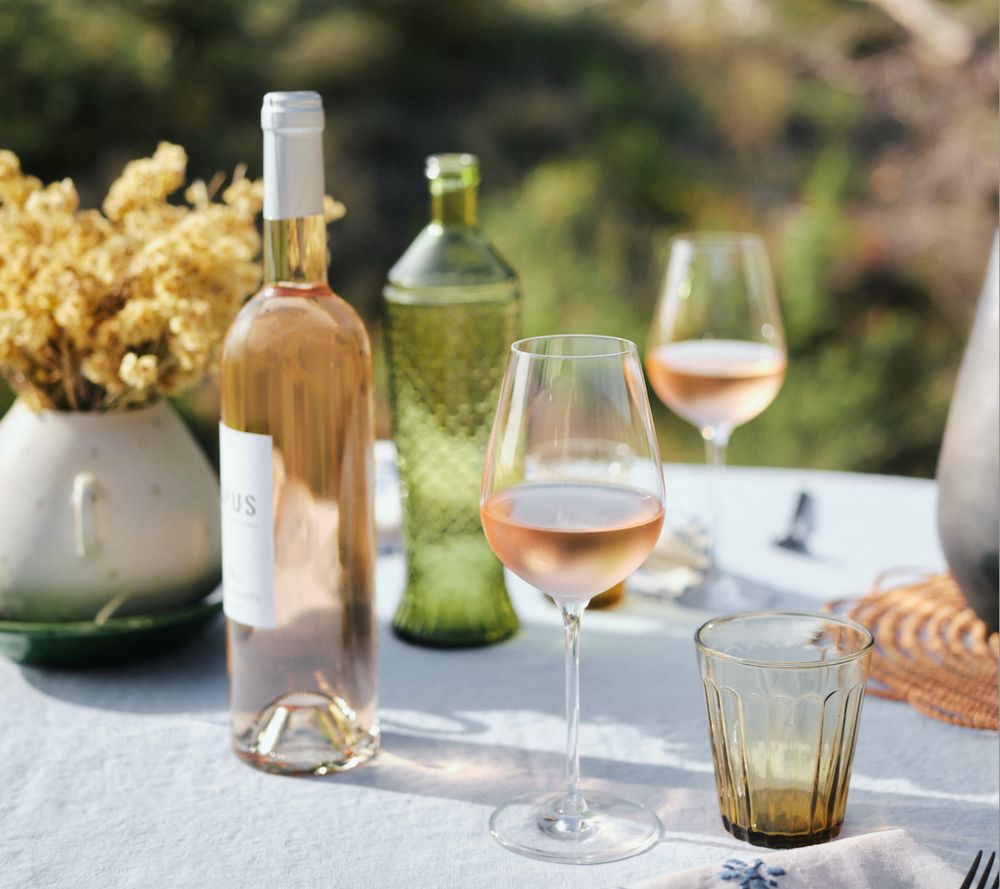
These varieties are blended, using techniques developed over centuries, but honed by the latest technology.Of the three appellations: Côtes de Provence is the largest at more than 20,000 hectares, Coteaux d'Aix-en-Provence is less than a quarter of that size, while Coteaux Varois en Provence is the smallest, at just under 3,000 hectares.
“There is a breadth of terroir across the region. Climactically, it benefits from 2,700-2,900 hours of sunlight every year for ripening, but with exposure to the sea that tempers the temperature year-round. Most of the vineyards are a patchwork of small parcels, mostly on very poor soils, with differing orientation, often surrounded by woodland which hosts a wide array of species that contribute to biodiversity. This, coupled with the savoir faire of those working the land, is what makes Provence rosé so special,” says Ray O’Connor MW, an ambassador for the region.
“Côtes de Provence is the largest of the three regions, covering 20,358 hectares, so naturally you get a breadth of styles here, with fresher, more vibrant wines coming from inland, and wines with a bit more texture and body closer to the coast.
“Coteaux Varois en Provence is the ‘greenest’ of the three, with 46% of the area certified organic, whilst 81% of the area has HVE certification. It is located at a higher altitude than the other two, with greater level of rainfall and therefore has more abundant forestry and water access. The altitude lends itself to wines with a little more freshness.”
He adds: “Coteaux d’Aix-en-Provence benefits from a larger proportion of limestone soils and sits in a fortuitous location whereby the sea breeze is channeled into the region and distributed around its lower altitude sites. As a result, the wines have a crispness and vibrancy to them.”
Such is its size, the largest of the regions, Côtes de Provence, also offers five terroir-specific sub-zones, or DGCs: Sainte-Victoire; Fréjus, La Londe; Pierrefeu; and Notre-Dame des Anges - each offering subtle differences, based on terroir.
“Situated at the foot of the Montagne Sainte-Victoire, this area features poor, shallow clay-limestone soils. The continental climate contributes to refined rosés with great precision and focus,” says O’Connor.
"Fréjus is located in the eastern part of the appellation, benefitting from a maritime climate with volcanic, red, sandy-clay soils. These conditions yield rosés with notable salinity and complexity. La Londe, positioned along the coastal area southwest of the Massif des Maures, has schist-rich soils and sea influence producing aromatic rosés with a lovely rounded, glacial mouthfeel.”

Ray O'Connor MW, ambassador for Provence rosé in the UK, says the influence of the diverse terroir across Provence plays such an important role in the rosé wines now being made
He adds: “Spanning coastal zones and limestone plateaus, Pierrefeu combines marine and continental climates. The diverse soils of red clay, stone, and brown loam result in balanced wines with depth. Notre-Dame des Anges is an inland area, shielded from maritime influences by the Massif des Maures. Its varied soils and Mediterranean-continental climate produce elegant rosés with freshness and aromatic complexity.”
Heritage meets innovation
I have known Provence rosé since the early 1990s, when I first fell for its effortless charm, but it is no exaggeration to say that there has been a revolution in quality since that time, when the wines could often be rather rustic and short-lived.These days, Provence rosé occupies a premium position in the market, as evidenced by the category's position alongside Champagne in the best bar fridges, while the finest examples are - at long last - starting to be recognised as worthy of ageing.
The style of a typical Provence rosé might be easy, but the production process is anything but, requiring years of experience and technical know-how.
Bertin explains: “Rosé is often perceived as light and easy to drink, but in reality its production is one of the most complex and demanding in viticulture, requiring precision, know-how and the use of advanced technologies to guarantee freshness, balance and aromatic expression.”
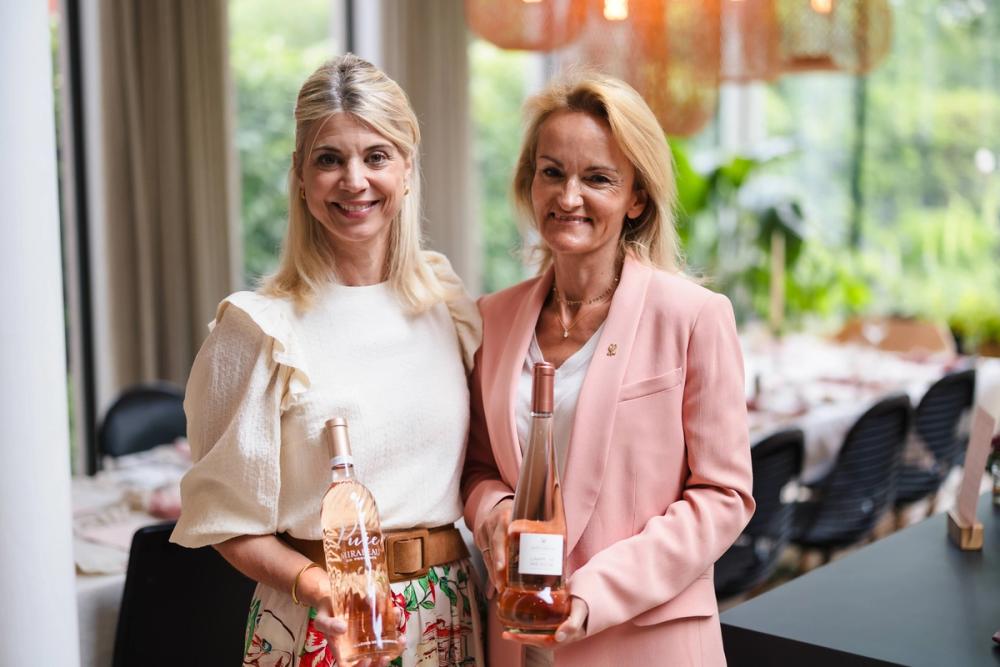
Domaine Mirabeau's Jeany Cronk, left, with Aurélie Bertin of Château Sainte Roseline
Jeany Cronk, co-founder of Domaine Mirabeau, who has introduced so many UK consumers to Provence rosé, tells me that the style requires an extraordinary level of attention to detail: “Our flavours are delicate and elegant, not rich and juicy, it’s very easy for heat and oxygen, or too much skin contact, to get in the way of this lighter style and you want the fruit expression to be clean as a whistle. It requires a meticulous approach, understanding the perfect moment for harvest, a delicate hand during pressing, and constant surveillance during fermentation.”
O’Connor concurs, explaining that the region’s current success has been hard won, a result of huge investment in research and development.
He explains: “Rosé has been made in the region for centuries, however around 25 years ago Le Centre du Rosé (the region’s dedicated research and development centre) undertook a project to elevate the quality of the wines. Itstudied the key parameters for quality rosé wine: colour, aromatics, palate intensity and freshness, working on trials in the winery and subsequently the vineyard (then) engaged the attention and collaboration of growers throughout the region to implement these improvements: the best varieties on the most suitable sites, night harvesting, direct pressing and stabulation in the winery.”
Provence has always made its rosé wines dry and pale - a winning style that is now being emulated elsewhere, as many rival regions dial down the colour of their own offerings in a bid to replicate the region’s commercial success.
“Given the widespread adoption of this lighter colour in general, it would be fair to say that consumers have spoken with their wallets,” adds O’Connor. “Barely 10 years ago there were some more mainstream rosés with a deeper pink which were often, though not always, off-dry to sweet in style. It makes sense that those who were looking for something different, sought out the paler colour of Provence rosé.”
Tasting the diversity

There is, of course, no better way to understand the nuances of Provence rosé than tasting the appellations - and ideally also the sub-zones of Côtes de Provence - side-by-side. To take six examples from the very many different components of the region’s mosaic of terroir:
Prestige Château Angueiroun, Côtes de Provence La Londe 2024
An organic wine from the Côtes de Provence La Londe sub-zone, close to the ocean. The maritime influence is obvious from the nose to the finish, with a delicious salinity that balances the generous peach, apricot and pink citrus fruit profile.
Château du Seuil, Côteaux d’Aix-en-Provence 2024
Perhaps courtesy of Rolle (Vermentino) in the blend, there’s a lovely lifted floral note to the nose (I often find in the wines of Côteaux d’aix-en-Provence boast beautiful lavender aromas), while there’s juicy peach and nectarine on the mid palate and a refreshing streak of saline minerality to this organic certified wine.
Lampe de Méduse Cru Classé, Château Sainte Roseline, Côtes de Provence 2024
In a distinctive, heritage style bottle, this wine might look like a blast from Provence’s past, but it’s a thoroughly modern style, with lifted aromas of strawberry on the nose, there’s delicious peachy intensity, balanced by a mouth-watering salinity, an elegant wine to savour.
Château St Julien, Coteaux Varois en Provence 2024
The wines of Coteaux Varois are celebrated for their freshness, courtesy of the altitude at which the vines grow, and this wine offers a cool, enticing cherry, berry nose, with a crunchy cranberry acidity keeping things fresh and balancing the plump peach on the mid palate.
Croix Du Sud, Domaine Le Loup Bleu, Côtes de Provence Sainte-Victoire 2024
An organically certified wine, from - to my palate - one of the most distinctive Côtes de Provence sub-zones, Saint Victoire, close to the mountain range of the same name, which dominates the skyline.The wines are famed for their precision and this is no exception with the bountiful berries and ripe peach balanced by a deliciously refreshing wet stone minerality.
Terres Allées de Gonfaron, Côtes de Provence Notre-Dame des Anges 2024
With an enticing ‘Provençal fruit stall’ nose of strawberry, ripe peach and mango, this wine offers the aromatic complexity for which the Côtes de Provence Notre-Dame des Anges sub-zone is renowned, along with voluminous texture and fresh, tangy finish.
Focused on the future
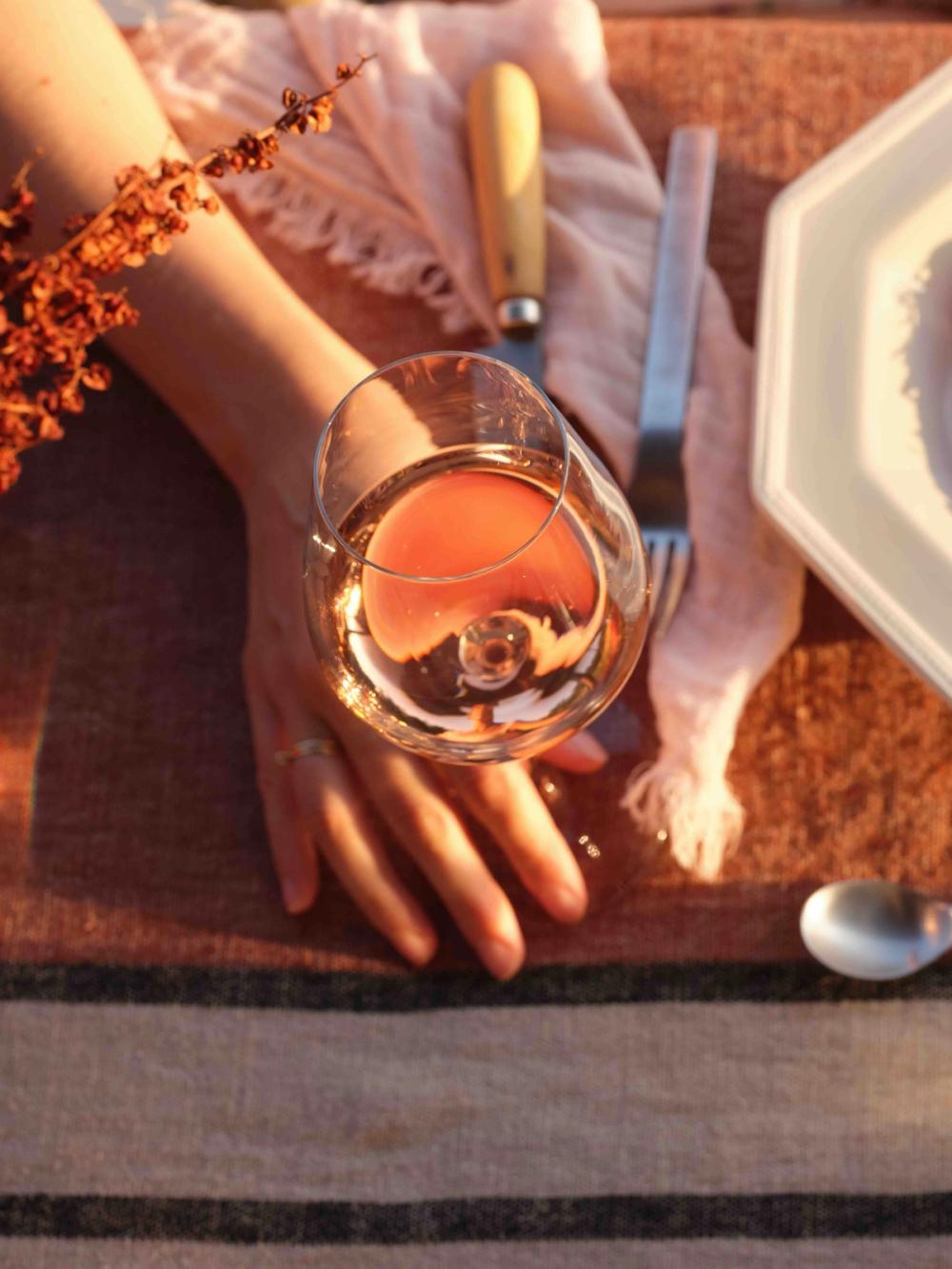
A region captured in a glass - Provence rosé. Photo Pauline Chardin
Aside from research and development, including authorising new grape varieties for acidity, to maintain its leadership in rosé Provence has maintained a resolute focus on sustainability, to preserve the unique nature of its vineyards and also mitigate the impact of climate change, as the region gets ever warmer.
“I am a huge believer in Provence’s future as one of the most nature positive wine regions in France and in Europe,” says Cronk.“A lot of vineyards and growers are taking their sites beyond organic, towards regenerative and biodynamic practices, focusing on biodiversity, soil health and carbon sequestration.”
Today, 67% of vineyards are already either certified organic or have HVE accreditation (‘Haute Valeur Environnementale’, or high environmental value). It is a work in progress, however, because Vins de Provence aims to have 100% of its appellations under some form of environmental accreditation by 2030.
* If you want to know more about Provence rosé and the region go to the Vins de Provence website here.


